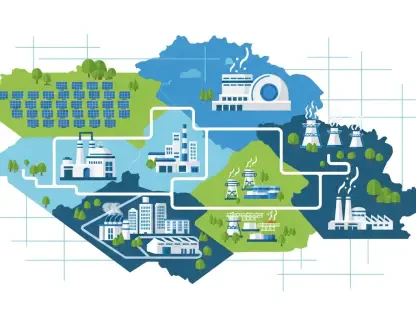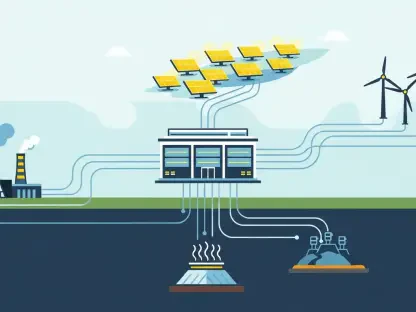Sustainable Aviation Fuel (SAF) stands as an innovative solution to drastically reduce aviation emissions, aiming to revolutionize the industry by 2030. The urgency surrounding global environmental concerns elevates SAF as a critical player in transforming industrial practices for a cleaner future. The analysis explores its current developments, market trends, and future prospects, shedding light on SAF’s pivotal role in achieving net-zero emissions.
Examining the Trajectory and Evolution of SAF
Understanding SAF’s growth starts with scrutinizing its development over the past decades, from its early introduction in the 2000s to its adoption in today’s climate-conscious world. Emerging technologies have propelled SAF forward, allowing it to gain traction amidst increasing calls for environmentally responsible measures within the aviation sector. This continuous evolution underlines SAF’s potential as a transformative force for emission reduction.
Current Market Trends and Future Predictions
Operational SAF Plants and Development Projects
As June 2025 marks the operation of 22 SAF plants globally and the initiation of 144 projects, the market sees gradual progress in establishing sustainable aviation practices. Yet, ambition often overshadows reality, with only seven projects reaching the final investment decision stage, indicating the need for accelerated advancements. Addressing high feedstock costs and ensuring long-term buyer commitments are crucial for overcoming barriers to SAF’s widespread applicability.
Regional Investment and Production Patterns
The Middle Eastern and North African regions are poised to become SAF production epicenters, leveraging abundant solar resources and growing investments in green hydrogen. Saudi Arabia, the UAE, Oman, and Egypt demonstrate promising developments, yet face obstacles such as underdeveloped national policies. Conversely, the U.S. and Europe benefit from more substantial regulatory frameworks, pushing SAF adoption through binding targets and incentives, including Europe’s 2% SAF blend mandate by 2025.
Challenges and Innovations in SAF Markets
Despite optimistic perceptions, the reality of SAF implementation is riddled with challenges, chiefly regional policy disparities and sluggish investment decisions. Groundbreaking innovations, such as synthetic SAF derived from green hydrogen in the Middle East, illustrate significant advancements, yet misconceptions about scalability persist. Understanding these complexities is crucial for unlocking avenues for robust, sustainable growth in the aviation sector.
Implications and Strategic Insights for Industry Stakeholders
SAF’s ability to transform aviation hinges on maintaining momentum in technological breakthroughs and regulatory initiatives. Industry experts recognize SAF’s leadership potential in advancing emission reduction strategies, provided that governments offer staunch support and invest in enhancing feedstock supply chains. Establishing comprehensive policy frameworks and fostering international collaborations will be instrumental in expanding SAF’s influence on global aviation standards.
Recommendations and Next Steps for SAF Development
Preserving SAF’s impact requires action-oriented strategies to surmount existing obstacles. Key recommendations include strengthening financial, legal, and commercial infrastructures, primarily in emerging production hubs, to transition pilot projects into substantial fuel production ventures. Embracing best practices in policy-making and technological innovation will empower industry stakeholders to integrate SAF, laying the groundwork for significant emission mitigation by 2030.
The pathway to SAF’s widespread adoption is a dynamic journey filled with both challenges and possibilities. As the aviation industry navigates toward a sustainable future, decisive actions will be vital in actualizing SAF’s promise, ensuring a lasting impact across its global landscape.









